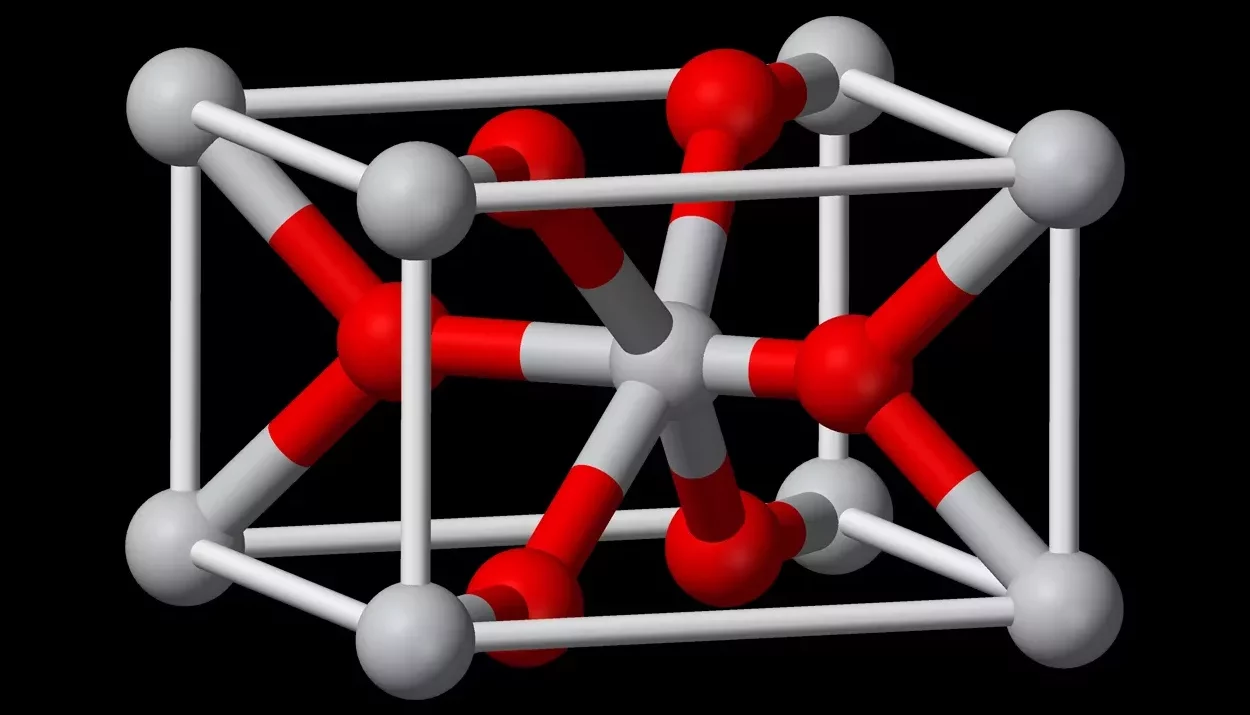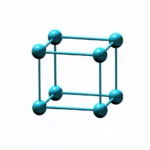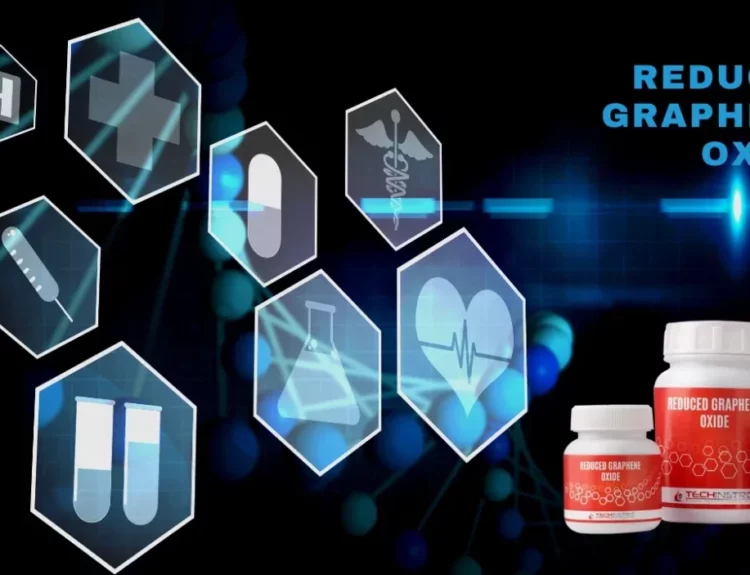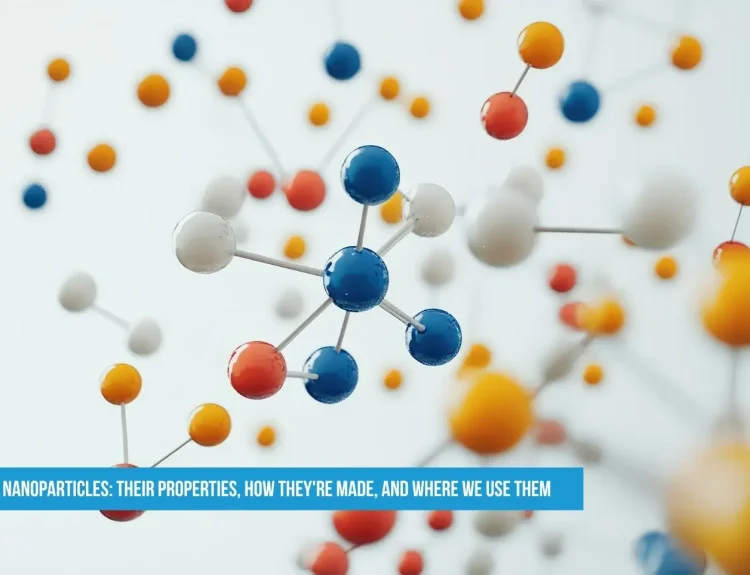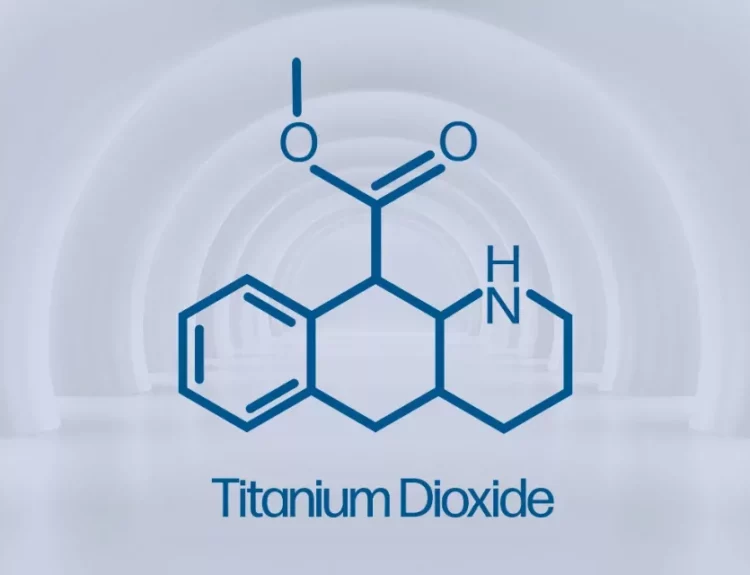Nanotechnology, the science of the very small, has opened up a world of possibilities in various fields, from electronics to environmental remediation. One material that’s been in the spotlight is titanium dioxide nanoparticles. These minuscule particles have incredible potential, and understanding how to make them is essential for harnessing their power. This article will help in exploring the fascinating world of synthesis methods for titanium dioxide nanoparticles.
What Are Titanium Dioxide Nanoparticles?
Before we dive into the methods of making them, let’s understand what titanium dioxide nanoparticles are. Titanium dioxide, or TiO2, is a versatile compound of titanium and oxygen. When it’s broken down into tiny particles, typically measuring less than 100 nanometers, we get titanium dioxide nanoparticles. Human hair is about 50,000 times thicker than one of these nanoparticles!
Why Are They Important?
These nanoparticles have remarkable properties that make them incredibly valuable in various applications:
- Photocatalysis: They can harness the power of light to break down pollutants and contaminants in the environment, making them useful for water and air purification.
- UV Protection: Titanium dioxide nanoparticles are widely used in sunscreens for their ability to block harmful UV rays, protecting our skin from sun damage.
- Energy Conversion: They play a crucial role in photovoltaic cells, helping to convert sunlight into electricity in solar panels.
Synthesis Methods
Now, let’s explore how scientists create these tiny powerhouses:
- Sol-Gel Method: Mix a titanium precursor with a solvent to form a solution or gel. Nanoparticles can be synthesized by carefully controlling the conditions, such as temperature and pH. The resulting gel is then dried, and the nanoparticles are obtained.
- Hydrothermal Synthesis: In this method, a titanium precursor is reacted with water at high temperatures and pressures. This process encourages the formation of nanoparticles. It’s like cooking up tiny particles in a high-pressure kitchen!
- Precipitation Method: Here, a titanium-containing solution is mixed with a reagent to cause titanium dioxide to precipitate out as nanoparticles. The reaction conditions can be varied to adjust the size and shape of the nanoparticles.
- Solvothermal Method: Like hydrothermal synthesis, this method involves using solvents under high-temperature and high-pressure conditions. It’s particularly useful for producing nanoparticles with specific properties.
- Chemical Vapor Deposition (CVD): A gaseous titanium precursor is reacted with oxygen at high temperatures, allowing the deposition of titanium dioxide as nanoparticles on a substrate in the CVD method.
Choosing the Right Method
The choice of synthesis method depends on the desired properties of the titanium dioxide nanoparticles, such as size, shape, and purity. Researchers carefully select the way that best suits their intended application.
Conclusion
Titanium dioxide nanoparticles may be small, but they significantly impact various industries. The different synthesis methods allow scientists to tailor these nanoparticles to meet specific needs, from environmental cleanup to advanced technology. We can expect more creative uses for tiny technology as it advances.


